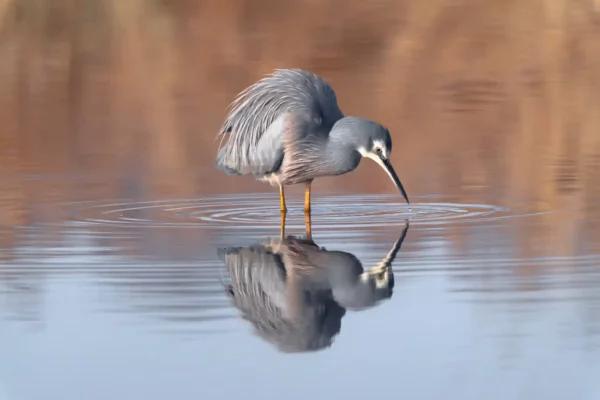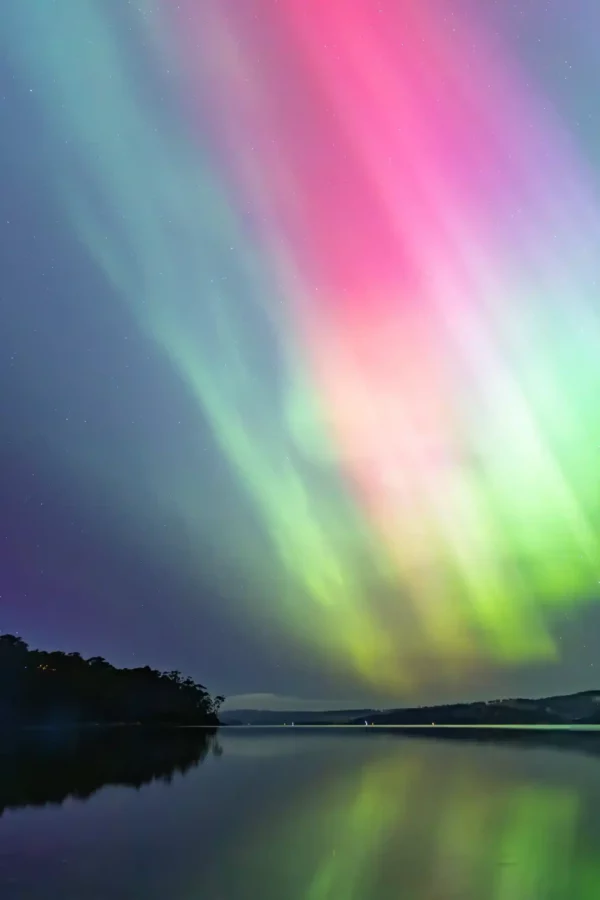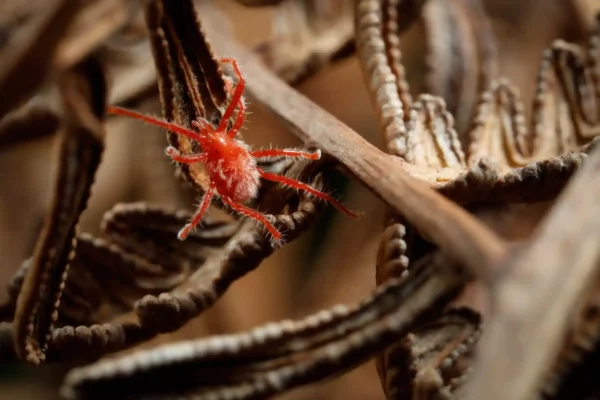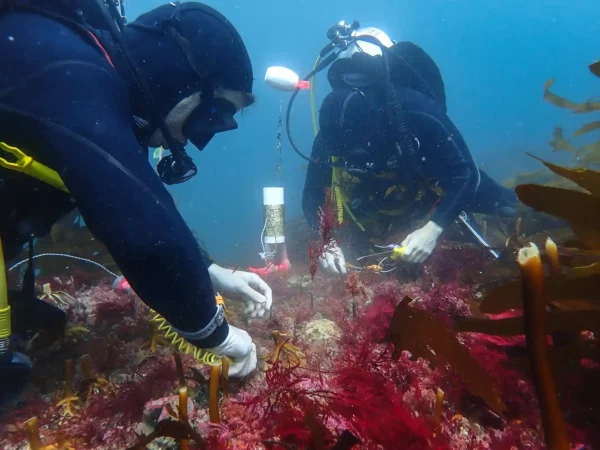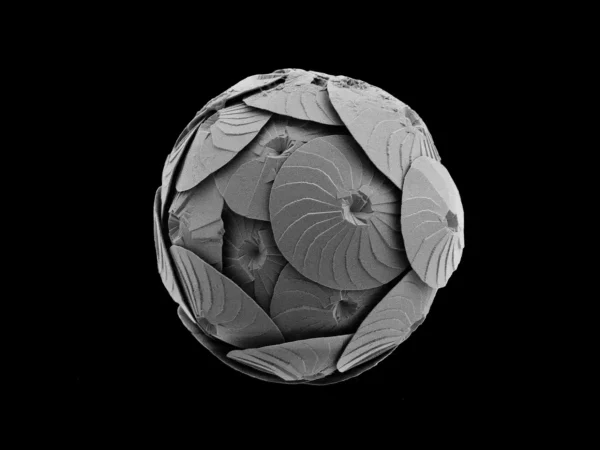Beaker Street science photography prize – in pictures, The Guardian, 16 July 2024
The successful development in captivity of embryos of red handfish – a family of fish that walk with their over-sized ‘hands’ rather than swim – signifies a significant milestone in conservation efforts. Photograph: Andrea Williamson.
As part of the annual Beaker Street festival, a celebration of science and art in Tasmania, finalist images in the festival’s annual science photographic competition will be on show at the Tasmanian Museum and Art Galleryfrom 6 August to 23 August
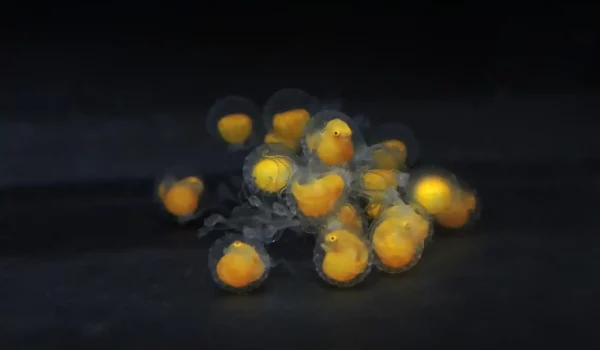
The successful development in captivity of embryos of red handfish – a family of fish that walk with their over-sized ‘hands’ rather than swim – signifies a significant milestone in conservation efforts. Photograph: Andrea Williamson.

Auroras occur when charged particles from the sun collide with the Earth’s atmosphere. Guided into the atmosphere and towards the poles by the Earth’s magnetic field, these particles are known as solar wind. As they enter the atmosphere they interact with gases such as oxygen and nitrogen, inducing ionisation. The ionisation process creates visible light with oxygen emitting green and red hues and nitrogen producing blue and purple tones. The outcome is a dynamic shimmering spectacle known as the northern or southern lights.Photograph: Carmel Gledhill
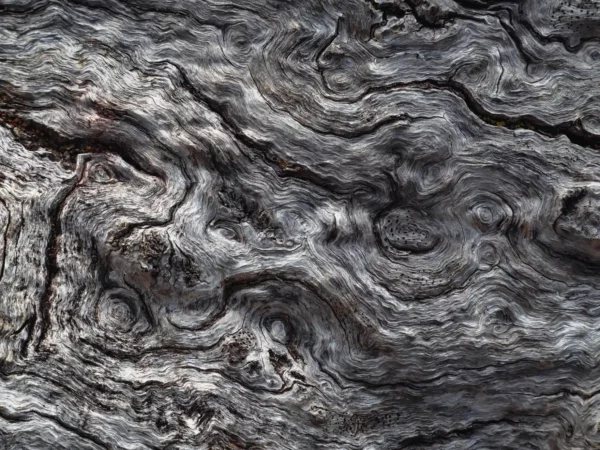
The cracks and crevices on this once majestic snow peppermint (Eucalyptus coccifera) tell of the challenges of life at altitude. The struggle to grow and survive in such an ecosystem, ended due to fire, ice or simply time, is shown in the swirling eddies of this time-worn timber atop Hobart’s sentinel, kunanyi/Mt Wellington. Just as it drew from the barren environment around it in life, this iconic Tasmanian tree gave back to the system that nurtured it, through its death. And so the cycle continues … Photograph: Deon Scanlon.
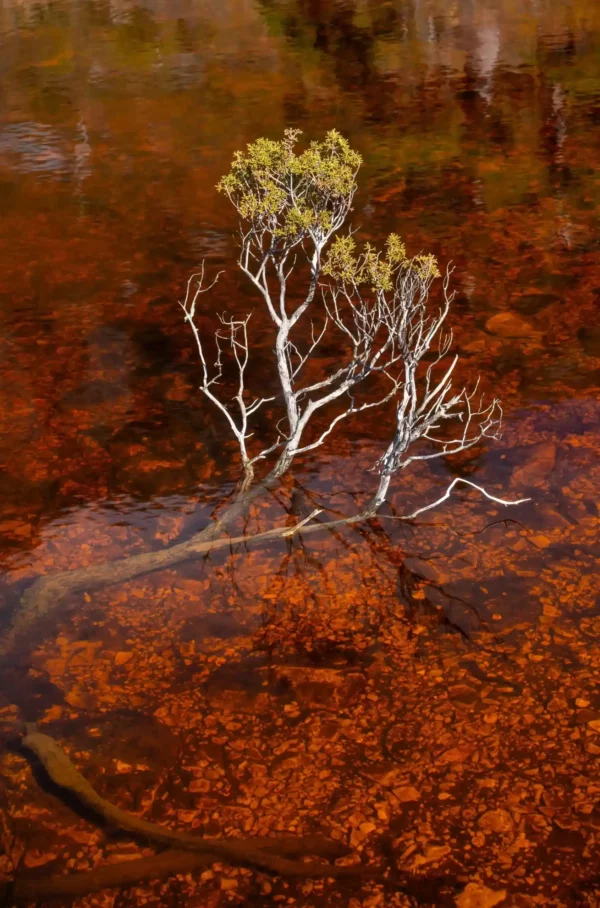
This photograph is of a branch submerged in tannin-stained water. Many Tasmanian plant species contain tannin compounds that help protect plants from herbivores, bacteria and fungi. As water moves across the landscape, it acts as a solvent to leach tannin from plant matter into the water. The characteristic rich amber colour is a feature of many lakes and rivers in Tasmania, particularly in the highlands and West Coast regions. Photograph: Nathan Waterhouse.
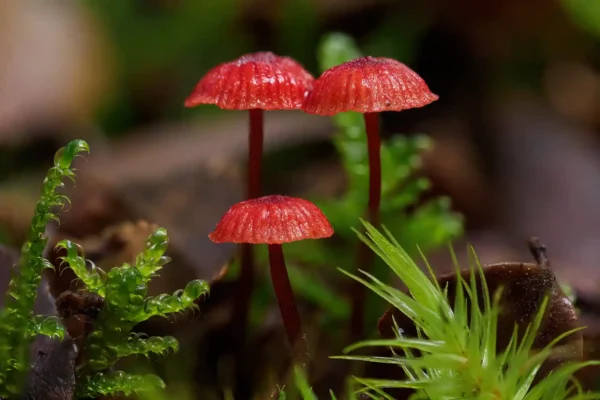
Cruentomycena viscidocruenta is a small species of agaric fungus, part of the Mycenaceae family, which often lives on rotting wood. The caps in this photo are the size of pin heads and can be found in Tasmanian rainforest. Most of the fungus is the unseen underground mycelium that make up a “mycorrhizal network,” connecting individual plants to transfer water, nitrogen, carbon and other minerals. Photograph: Charlie Chadwick.
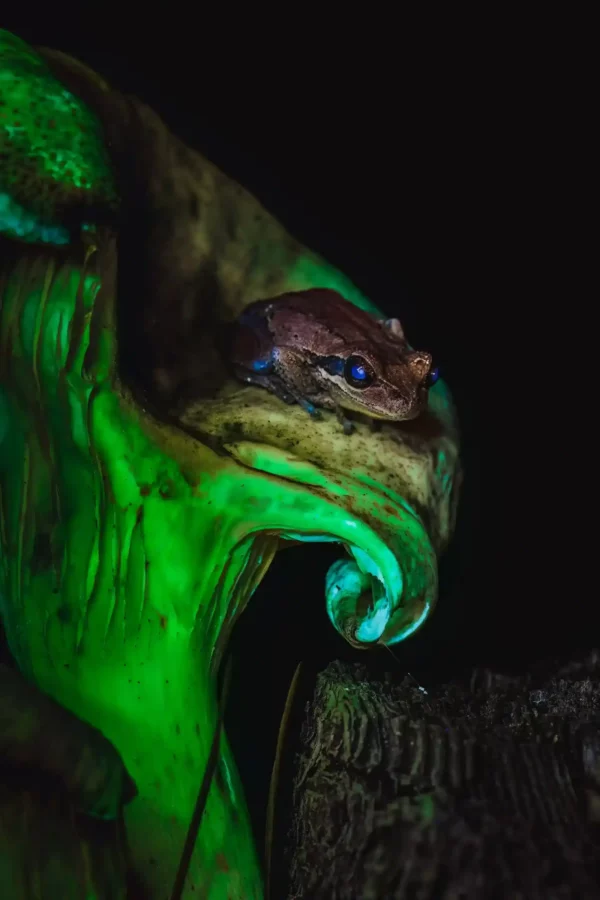
Like the bioluminescent mushroom, the blue glow in this little frog’s eyes and body is another type of natural luminescence. It occurs when a living organism has a chemical surface that absorbs light at one wavelength and re-emits it at another. There are many things that can fluoresce, including us. Photograph: Toby Schrapel.
